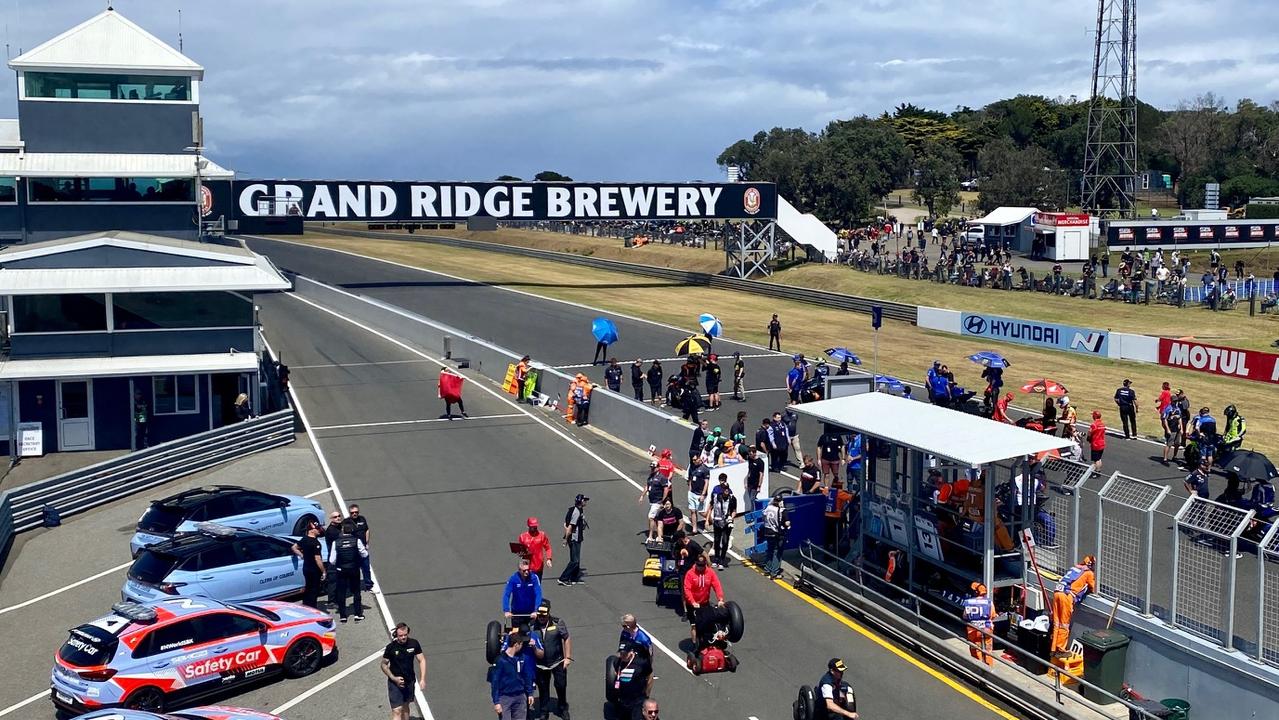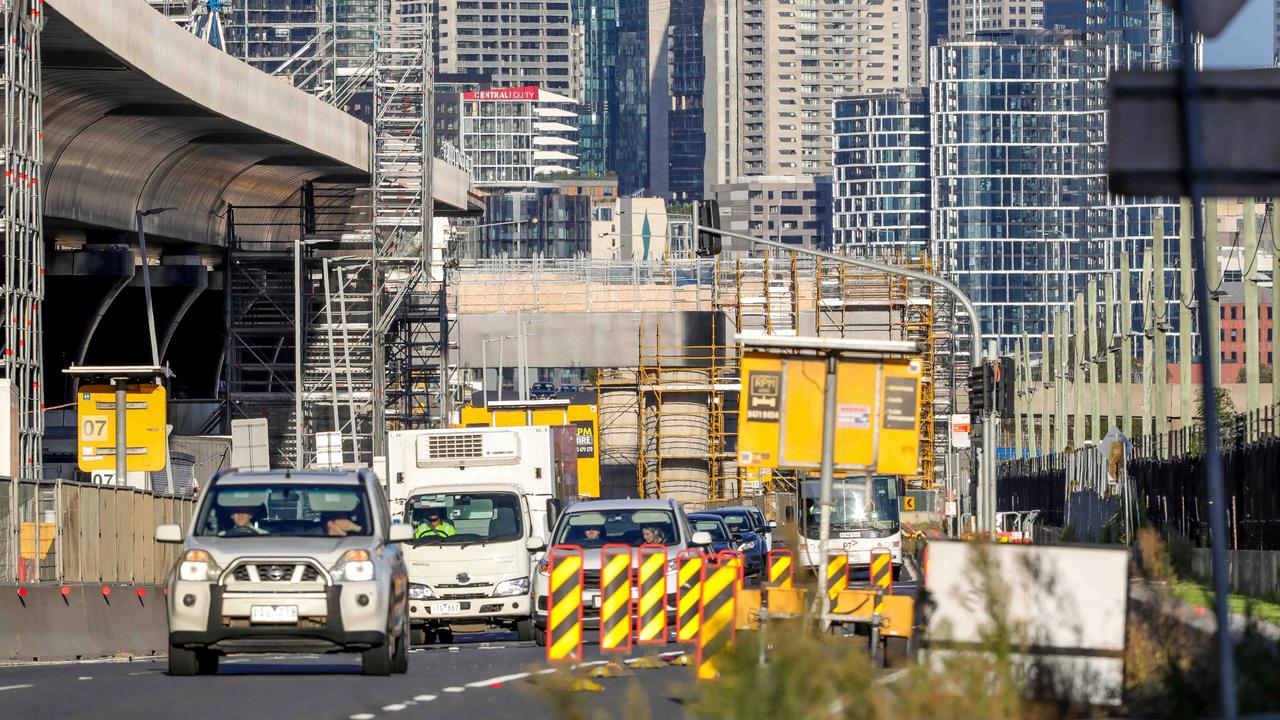How Ian Kiernan left his mark on Australia
IAN Kiernan’s legacy began on the ocean. Here’s how he kickstarted people power in an age when doing something demanded more than a mouse click.
News
Don't miss out on the headlines from News . Followed categories will be added to My News.
THE legacy of Ian Kiernan, who has died at 78, began in the Sargasso Sea, a stretch of water marked for its drifts of seaweed.
Kiernan, a yachtsman, was Australia’s entrant in the 1986 race-around-the-world competition. He finished a creditable 6th, of 25 starters, and set an Aussie record for solo sailing around the world.
He chatted to seabirds and gazed at whales, when he wasn’t reading the great authors of the countries he coasted by, or scribbling in his confidential journal.
Yet this man and his dog brought back far more than tales of the solitary sailor.
Kiernan spoke of nappies floating in the water. Of toothpaste tubes. Of sea birds choking on plastic bags. The stench of sewage off South America stayed with him, as did the black slime coating the yacht’s hull.
MORE: CLEAN UP AUSTRALIA FOUNDER IAN KIERNAN DIES
LOVEOURBAY CAMPAIGN AIMS TO TACKLE PORT PHILLIP BAY’S LITTER SCOURGE
RISE IN LITTERING SPARKS CONCERNS FOR HEALTH OF MELBOURNE’S WATERWAYS
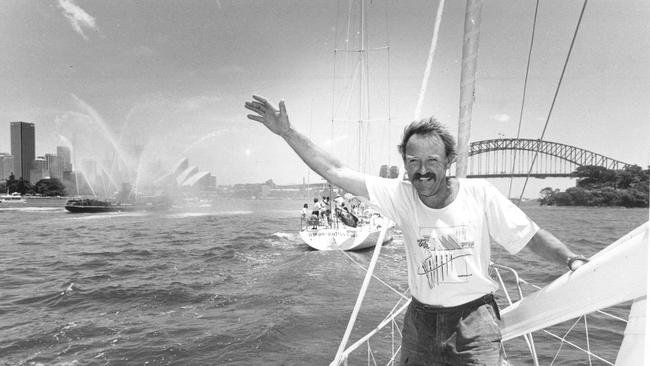
Kiernan returned with ideas that pioneered how Australians, and later the international community, conceived of change.
He would kickstart people power in an age when doing something demanded more than a mouse click.
He was considered a radical at the time, a kind of “practical philosopher”, who predicted the environmental issue would not go away.
He spoke of plastic bans a generation before supermarkets launched campaigns. We just need to roll up our sleeves and get stuck in, he said.
Today, Kiernan’s ideas and attitudes are the mainstream view, in great part because of the plainly spoken way he introduced Australia to the challenges of pollution and climate change. He charged ordinary people with the belief in something better. He turned abstractions into projects. He motivated people to turn up in gumboots and rubber gloves, and instilled a pride that became a caption for country towns everywhere.
Kiernan turned the future of the planet into the care of our planet.
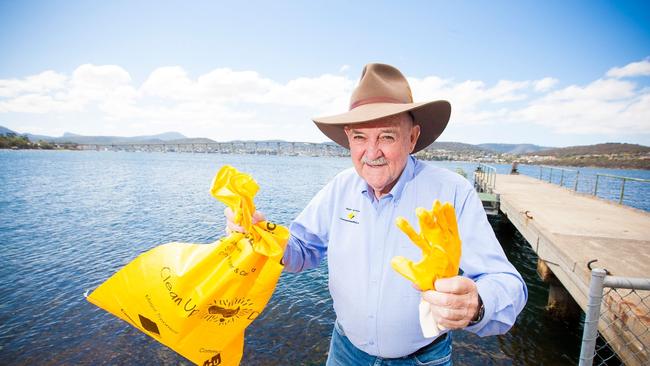
“The thing I think Ian did more than anyone else was just tap all of us on the shoulder and say, ‘hey, we’ve got to take care of this, this is our responsibility’,” Prime Minister Scott Morrison said on Wednesday.
Kiernan’s starting point was simple. In 1989, he invited Sydney to clean its harbour — a single waterway — for one day a year. Then, the concept grew to embrace Australia. By 1993, 30 million “of my closest friends”, as he put it, in 79 countries picked up their garbage.
No wonder Kiernan’s friend Phillip Adams, who described him as the “greatest garbo since Greta”, also predicted Kiernan would be “the first non-Catholic Pope”. Instead, Kiernan settled, in 1994, for Australian of the Year.
Before the campaigning, Kiernan was a young Sydney property tycoon. He had qualified as a builder and worked on historic restorations. He was shrewd.
By his early 30s, Kiernan owned hundreds of houses, restaurants and commercial developments. He drove a Porsche.
In 1974, when the boom went bust, along with his first marriage, Kiernan sailed to Tahiti. “Got drunk, got laid,” he later told a journalist.
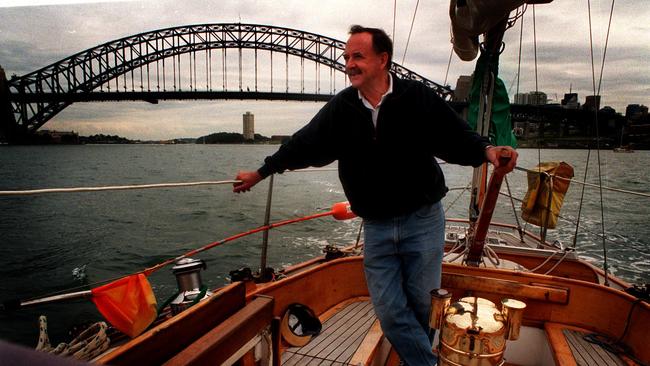
When he returned from the race around the world, ablaze in environmental concern, he was in debt. But he didn’t miss being rich. Or the greedy lawyers whose suits reminded him of shark fins.
Kiernan’s easy humour won him friends despite the perceived stridency of the environmental message. He never seemed to take himself too seriously. “I only had the idea for it,” he said of the Clean Up juggernaut. “It was the people who grabbed it and made it successful.”
In recent months, after a cancer diagnosis, his daughter Pip was appointed to the board of Clean Up Australia — which Kiernan still chaired.
Asked in 1994 if he had considered politics, Kiernan said: “I thought about a lobotomy but I’m not prepared to have one.”

